Seabird poop could help save coral reefs from climate change
Poop to the rescue?
Published
5 months ago onBy
Talker News
By Imogen Howse via SWNS
Seabirds could help save the world’s coral reefs from climate change, according to a new study.
Colonies next to reefs more than doubled the coral's growth rate following bleaching incidents, when the coral dies after temporary sea temperatures rise.
The new study by Lancaster University has found that the solution to the problem may come in the form of seabirds whose poo acts as fertilizer for the recovering coral.
This means that reefs near seabird colonies can bounce back much quicker from bleaching events, which could be the difference between their survival or elimination.
The study published in the journal Science Advances showed that when feeding birds return to the islands to roost, their droppings deposit nutrients rich in nitrogen and phosphorous through their excrement.
Rain then washes some of these droppings, known as guano, off the island and into the sea, where they act as a fertilizer for corals.
The researchers focused on Acropora – an important type of coral that provides complex structures that support fish populations, improve reef growth and protect coastal areas from waves and storms.
The international team of scientists found that Acropora around islands with seabirds such as red-footed boobies, sooter terns, and lesser noddies, recovered from bleaching events around 10 months faster than those located far away from colonies – at three years and eight months compared with four years and six months.

Islands, where coral growth rates were slower, were found to have no or few seabirds and were instead home to large rat populations – an invasive species that can be devastating for birdlife as they eat eggs and chicks.
Researchers said these tropical coral reefs had had their supply of vital nutrients cut off by the lack of birds.
Lead author Dr. Casey Benkwitt, a research fellow in coral reef ecology at Lancaster University, said: “Our results clearly show that seabird-derived nutrients are directly driving faster coral growth rates and faster recovery rates in Acropora coral.
“This faster recovery may be critical as the average time between successive bleaching events was 5.9 years in 2016 – a reduction from 27 years in the 1980s.
“Even small reductions in recovery times during this window may be key to maintaining coral cover over the short-term.”
Lancaster University’s study focused on a remote archipelago in the Indian Ocean, where reefs had suffered extensive coral bleaching and mortality following marine heatwaves in 2015 and 2016.
Researchers surveyed the sites from one year before the ‘bleaching’ event until six years after, tracing the coral growth rates alongside the presence of nitrogen stable isotope values – a reliable tracer of seabird-derived nutrients.

The scientists then transplanted some corals between islands with and without seabirds, and with and without rats, to determine whether the difference in growth and recovery was directly influenced by nutrients, as opposed to a difference in genetics between corals found in different locations.
This experiment confirmed that the presence of seabirds caused the enrichment in nutrients – with coral colonies transplanted to seabird islands growing and recovering twice as fast as those transplanted to rat-infested islands.
Dr. Benkwitt said: “We’ve been able to show a clear link between the presence of seabirds and faster coral growth.
“This is really exciting and encouraging that a natural solution is available to help boost the resilience of coral reefs in the face of a warming planet.
“By restoring seabird populations, corals can quickly take-up and benefit from the supply of new nutrients.
“Our three-year experiment shows that these benefits are not just a short boost – they can be sustained over the long-term.”
Meanwhile, Professor Nick Graham, said the team’s findings further evidence the damage which rats cause to ecosystems.
He explained: “These results suggest that eradicating rats and restoring seabird populations could play an important role in re-establishing the natural flows of seabird nutrients to the nearshore marine environment, bolstering rapid coral reef recovery which will be critical as we expect to see more frequent climate disturbances.”
Co-author Dr. Shaun Wilson, from the Australian Institute of Marine Science, said: “Growth rates of fish on reefs adjacent to islands with large seabird colonies is also faster and overall biomass of fish is 50 percent greater than on reefs next to islands with rats.
“Consequently, rates of grazing and bioerosion by fishes is three times faster on islands with seabirds, which are key processes helping to maintain a healthy reef.”
Stories and infographics by ‘Talker Research’ are available to download & ready to use. Stories and videos by ‘Talker News’ are managed by SWNS. To license content for editorial or commercial use and to see the full scope of SWNS content, please email [email protected] or submit an inquiry via our contact form.
You may like


Rare antique clock stolen from museum returned after more than 20 years
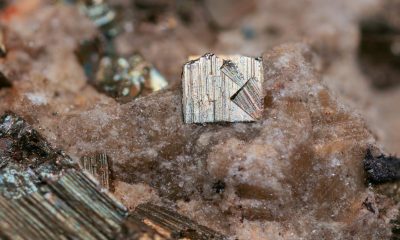

Fool’s gold could be valuable source of lithium: study
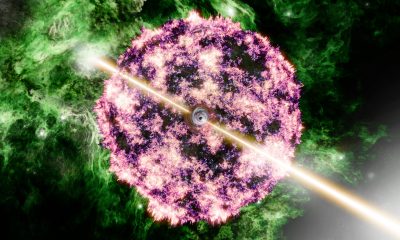

Massive star collapse causes brightest gamma-ray burst ever
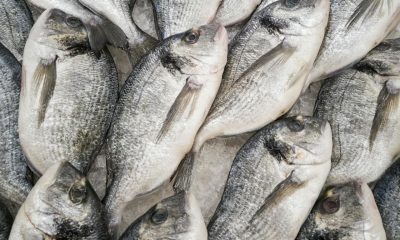

Eating too much seafood may increase exposure to ‘forever’ chemicals
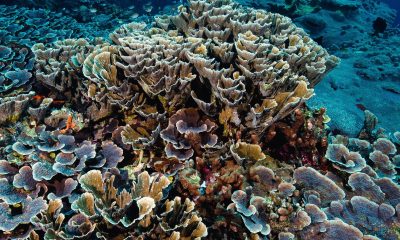

Global warming threatens deep parts of Great Barrier Reef
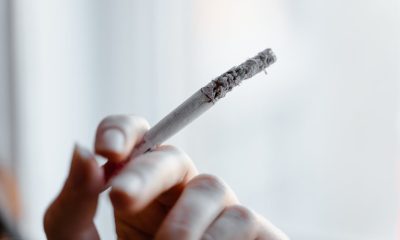

Secondhand smoke linked to dangerous heart disorder
Other Stories


Blood test can detect signs of knee condition 8 years before X-rays
Early detection could lead to treatments that slow the progression of the most common form of arthritis.


Man captures ultra rare albino squirrel on camera
The white squirrel has red eyes so is thought to be an albino squirrel.


Adorable dog kicks his leg while he walks
A video captured the pup bouncing along the street of his native China.


Woman with rare ‘Sleeping Beauty’ condition sleeps every four hours
She was diagnosed at age 18 after years of struggling to stay awake in school and nodding off during class.


97-year-old veteran receives WWII service medal 80 years later
"We’re all so proud of Eve."
Top Talkers

 Parenting1 week ago
Parenting1 week agoSingle mom details struggles of feeding her 12 kids

 Lifestyle1 week ago
Lifestyle1 week agoWoman regrets her tattoo nightmare: ‘It’s horrendous’

 Health5 days ago
Health5 days agoNew study reveals ‘old age’ begins later than it used to

 Wildlife4 days ago
Wildlife4 days agoClever elephant returns visitor’s shoe that fell into enclosure

 Good News4 days ago
Good News4 days agoDisabled student takes first steps in 10 years on graduation stage

 Animals13 hours ago
Animals13 hours agoAdorable dog kicks his leg while he walks

 Entertainment2 days ago
Entertainment2 days agoWhat is the perfect movie length?

 Broadcast18 hours ago
Broadcast18 hours agoAre allergies interfering with your social life?
